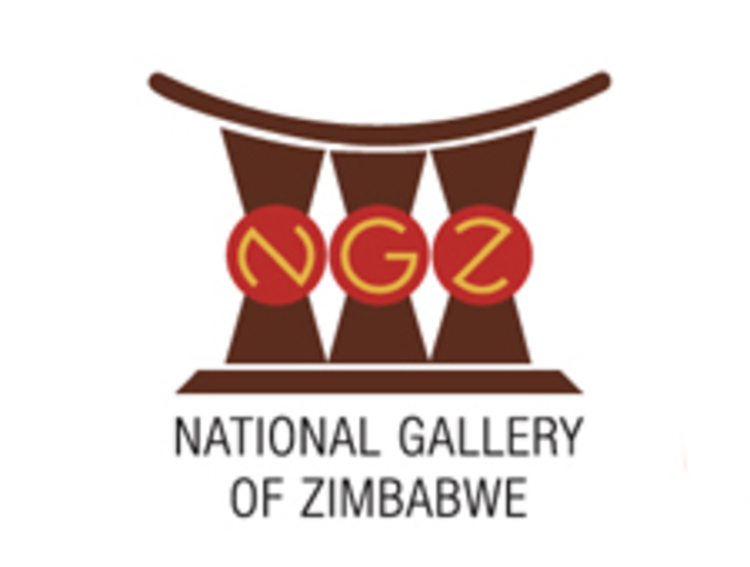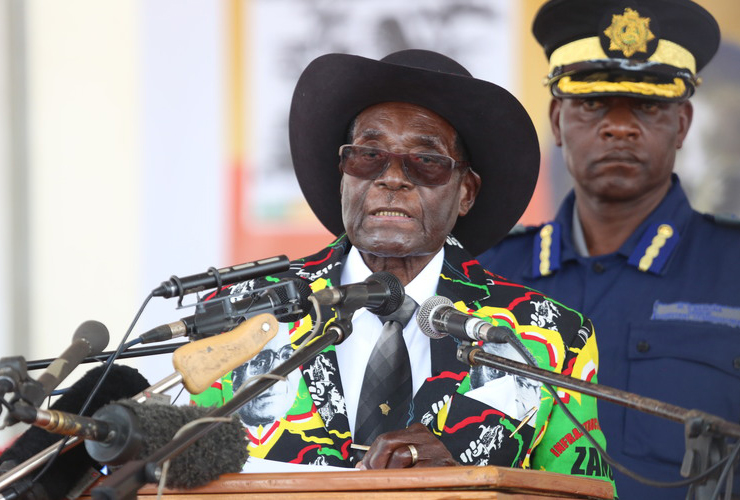Women in Dis(colour)ed Margins exhibition

 For several decades women were systematically excluded from the records of art history and anything major. History was written mainly by men and about men’s activities in the public sphere of war, politics, diplomacy and administration. Women were usually excluded and, when mentioned, were usually portrayed in stereotypical roles such as wives, mothers, daughters and mistresses.
For several decades women were systematically excluded from the records of art history and anything major. History was written mainly by men and about men’s activities in the public sphere of war, politics, diplomacy and administration. Women were usually excluded and, when mentioned, were usually portrayed in stereotypical roles such as wives, mothers, daughters and mistresses.
In the arts sector, the exclusion was due to a number of factors: art forms like textiles and what we call the “decorative arts” were often dismissed as craft and not “fine art”; many women were kept from pursuing a general education, let alone arts training; and finally the men who dominated the discipline both in practice and history often believed women to be inferior artists.
However, it is important to note that for many decades women have been actively involved in art making, whether as creators and innovators of new forms of art istic expression, patrons, collectors, sources of inspiration, or significant contributors as art historians and critics.
Zimbabwe has seen many female artists from early modern art like Colleen Madamombe, Agnes Nyanhongo who contributed to Zimbabwean art history. A new crop of female contemporary artist like Virginia Chihota, Portia Zvavahera, Mercy Moyo and many others have continued present a great showcase of Zimbabwean artistic talent not only in the local art scene but internationally as well.
It is in this light that the National Gallery of Zimbabwe will be hosting a women’s exhibition titled the Dis(colour)ed Margins.
Dis(colour)ed Margins presents works that offer alternative visual accounts of the politics of women’s bodies, race migration and displacement. Regardless of considerable achievements in the battle for equality, many still feel restricted and are stuck into the margins of humankind.
In many parts of the world today, being a woman, being a foreigner, being part of a previously oppressed majority, being a minority, being of particular religious persuasion or generally existing in a periphery still means being ghettoized, omitted, displaced, or silenced.
In the margins of society, there exist as well barriers that determine whether or not one is awarded access, and if so how much access one gets. As a result, instead of rainbow nations, injustice, inequality and institutional suppression cloud over the value of diver- sity.
All of the artists in this exhibition are contributing to the pertinent conversations regarding the politics of women’s bodies, race, migration and displacement. The work take viewers through a range of problematic and straightforwardness relating to the experience, perception, and representation of the female.
They reflect critically on dilemmas connected with representing the black female in times of mass and social media generated consumption of violence and suffering, on society’s inclination to aestheticize callousness, and on the systematic exclusion that make some human lives worthy of protection and saving and others not.
The exhibition will feature five female artists: two artists from Zimbabwe Annie Mpalume and Nyaradzo Dhliwayo, one artist from South Africa Sethembile Msezane, one artist from the United States Kameelah Janan Rasheed and one Zimbabwean UK- based artist Kudzanai Violet Hwami.
Annie Mpalume documents women from many sectors of Zimbabwean society.
Using photography, Mpalume captures the women’s toil. She records the tears shed by a dethroned Miss Zimbabwe, the bent back of an elderly gold panner, the stilettoed legs of a model strutting across a ramp, the face of a widowed mother. Through this she portrays how woman’s work is about labour and endurance.
Also using her body, through performance Sethembile Msezane contests the irony of belonging but not seeing yourself in the cultural landscape of a nation. She questions the lingering presence of colonial monuments, by literally performing her own identity in public arenas. Though she performs silently, she challenges audiences to consider listening to the voice of those who are displaced.
Using the medium of painting, Kudzanai Violet Hwami uses the black body in a satirical manner. As a Zimbabwean who has lived in different countries. Hwami explores issues that affect segments of the African Diaspora. These include the awkwardness of assimilation, import of popular culture, and personal history.
In Kameelah Janan Rasheed’s work the body is mostly absent as her work is predominantly text based. She uses words to highlight issues surrounding racial discrimination and other violations of civil rights and liberties. Rasheed playfully deconstructs words and terms used to classify people in order to expose multiple layers of mean- ing.
Meanwhile, Nyaradzo Dhliwayo uses photography to create metaphors that depict the celebrations and struggles that marginalised communities go through.
The official opening of the exhibition is to be followed by an artist talk with the artists titled “Colouring the Margins”. The audience will have a chance to meet the artists and ask questions about the specific work in the exhibition and other related bodies of work. Moreover, for the April Holiday Art Camp from April 17-21 2017 the senior class will respond to the exhibition and this will culminate in a mini exhibition at the end of the learning exercise.
The exhibition will run for an approximately two months from February 27 to April 30 2017 and will open on March 1, 2017. The exhibition will mainly comprise of photographic work, text based work, video installations, performance (which will be recorded and archived) and paintings.
The fast approaching International Day of women’s celebrations and Women’s month gives us a perfect opportunity to celebrate women and the various contributions they have made towards the social, economic, political and arts sector and to reflect on what else need to be improved. The International Women’s Day (IWD), originally called International Working Women’s Day, is celebrated on March 8 every year.
In different regions the focus of the celebrations ranges from general celebration of respect, appreciation and love towards women for their economic, political and social achievements. The Discoloured Margins exhibition is one platform for women to address the challenges that women are still facing in today’s society and what is being done to overcome the systems of oppression.










Comments